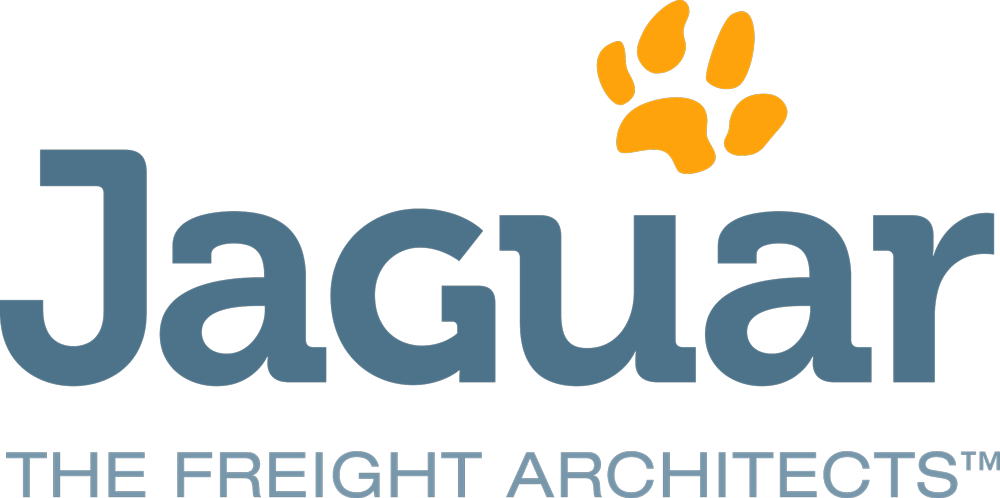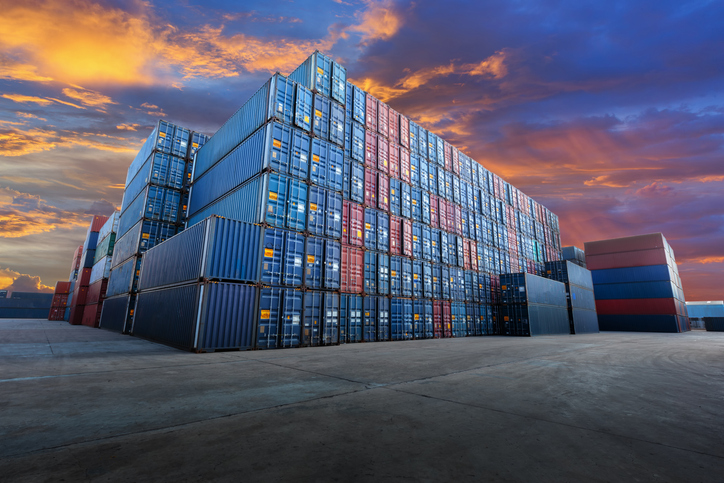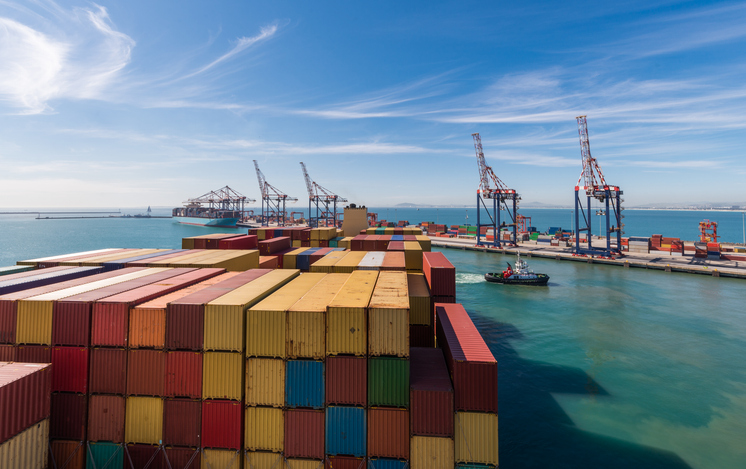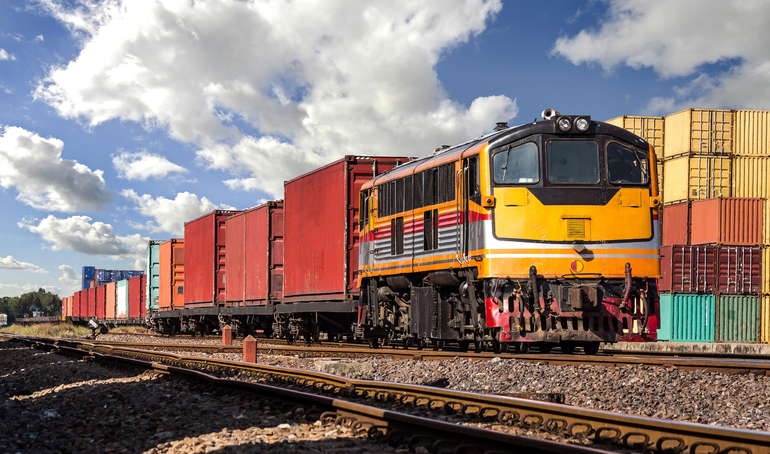
The Weekly Roar
In this week’s Roar: Fees on Chinese-built vessels, a NEW 25% tariff, preparing for more D&D, changes to the NMFC, and a C grade for US infrastructure.
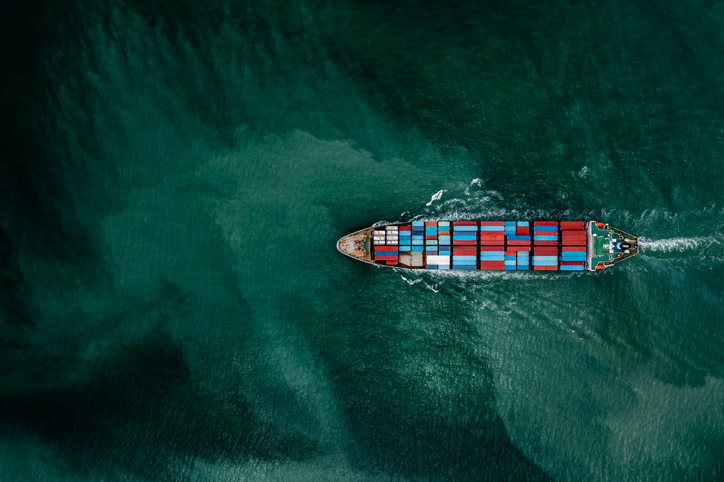 The U.S. Trade Representative (USTR) previously proposed hefty fees on Chinese-owned and Chinese-built vessels that enter U.S. ports, hoping to impact China’s dominance in global shipbuilding and logistics. Industry stakeholders are speaking out, including the National Retail Federation and major importers, strongly oppose the plan, warning of higher costs, supply chain disruptions, and port congestion. And if that isn’t bad enough, critics also warn that instead of boosting U.S. shipbuilding, it will simply shift cargo to Canadian ports. Some industry experts also fear small shipping lines will be more impacted as the levies could have an outsized impact on smaller, rather than larger, Chinese carriers.
The U.S. Trade Representative (USTR) previously proposed hefty fees on Chinese-owned and Chinese-built vessels that enter U.S. ports, hoping to impact China’s dominance in global shipbuilding and logistics. Industry stakeholders are speaking out, including the National Retail Federation and major importers, strongly oppose the plan, warning of higher costs, supply chain disruptions, and port congestion. And if that isn’t bad enough, critics also warn that instead of boosting U.S. shipbuilding, it will simply shift cargo to Canadian ports. Some industry experts also fear small shipping lines will be more impacted as the levies could have an outsized impact on smaller, rather than larger, Chinese carriers.
Last week was a busy one for tariff news. The President announced a 25% tariff on all goods from countries that import Venezuelan oil, directly or indirectly. This was followed with further promises for new duties on autos and auto parts. The stated goal of the Venezuelan-related tariffs is to cut financial support to Nicolás Maduro and his regime—one that the US feels is a threat to national security and foreign policy. The tariffs on passenger cars and light trucks imported into the U.S. will go into effect April 3, according to the executive order, and a 25% tariff on auto parts shipped from foreign countries goes into effect “no later than May 3.”
As Suez Canal transits resume, Beneficial Cargo Owners (BCOs) are advised to prepare for potential increases in detention and demurrage (D&D) charges at congested ports. As it stands now, BCOs aren’t prepared for an influx of charges at already congested ports that will find it difficult to pick up and return containers in a timely fashion.
The changes coming to the National Motor Freight Classification (NMFC) system in July will affect shipping costs. Heavier shipments, particularly those exceeding 8 pounds per cubic foot, are expected to incur lower costs, while lighter shipments, especially those under 4 pounds per cubic foot, will face increased rates. And anything that comes in at 6 to 8 will likely see no change at all. Shippers are being advised to consult with their carriers and any third-party logistics providers to help them better understand the specific impacts on their costs.
The American Society of Civil Engineers (ASCE) released its latest infrastructure report card and it gave the US an overall “C” grade. Ports and rail systems scored highest, getting B and B-minus grades, thanks to the Biden administration investing in rail safety and infrastructure. But the ASCE expressed concerns that many of these projects have been stalled by the Trump administration. Lower grades were given to stormwater and transit systems (D), as well as roads, schools, wastewater, dams, aviation, and energy (D-plus). The report emphasizes the need for sustained investment—assuming there is support to see the aging infrastructure of the US addressed.
For the rest of the week’s top shipping news, check out the article highlights below.

